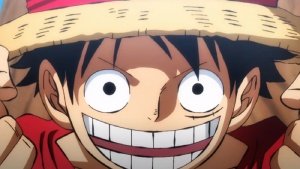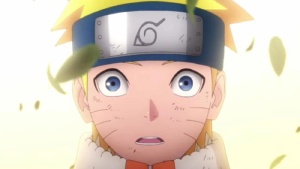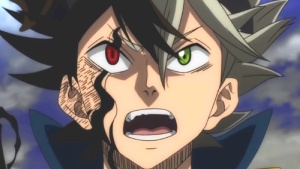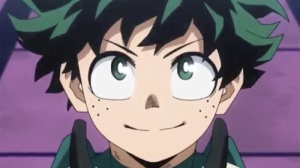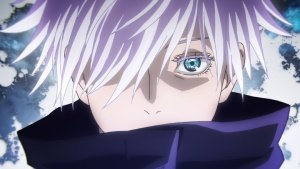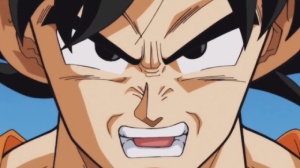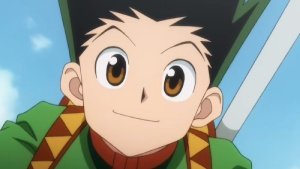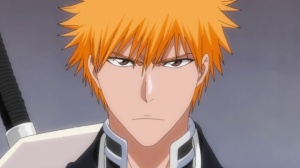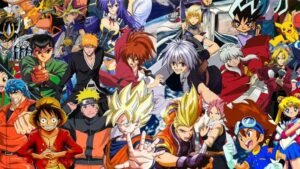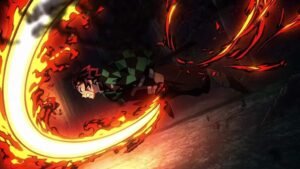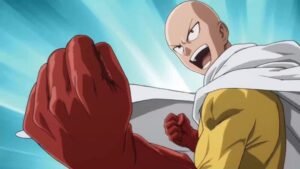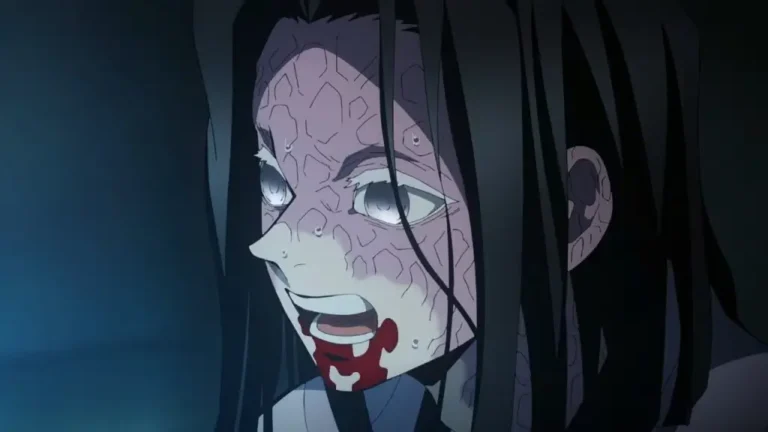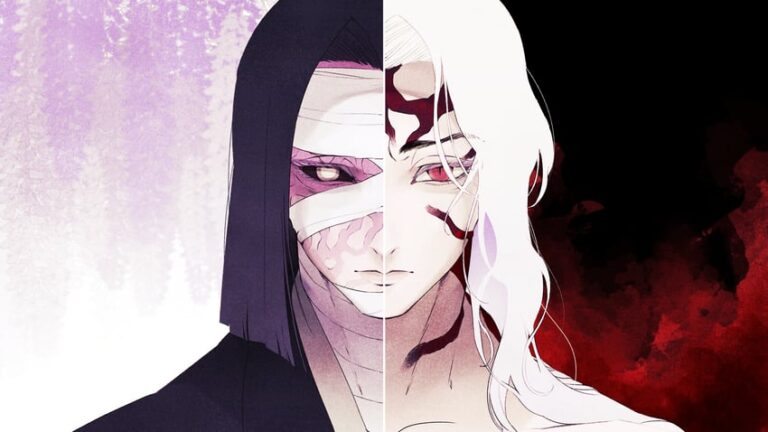Demon Slayer: Inosuke Hashibira’s Beast Breathing Techniques Explained!
Inosuke, the creator and sole practitioner of Beast Breathing, is entirely self-taught, in contrast to Tanjiro and Zenitsu, who received training from former Hashiras.

Inosuke is like Bakugo but weaker. All bark with no bite.
That’s what I would be saying if it weren’t for his feats backing it up.
The boar-dressed Demon Slayer has some muscles packed in the right places (not the way you think). But just like any other young boy forced to slash demons in the show, he too gets his strength from his breathing techniques.
Look no further than here to find out every single important piece of information of Inosuke Hashibira’s beast breathing techniques!
Inosuke Hashibira’s Beast Breathing Techniques Explained:
Inosuke utilizes a distinctive breathing style known as Beast Breathing, which is a derivative of the Wind Breathing style and closely related to Mist Breathing. Despite these connections, Beast Breathing is quite different from Wind Breathing. It is considered a derivative mainly due to its somewhat similar movements and properties.
The distinction arises because Inosuke is the creator of Beast Breathing. He developed it by adapting his swordsmanship to align with his beast-like behavior and natural habitat. Inosuke, the creator and sole practitioner of Beast Breathing, is entirely self-taught in contrast to Tanjiro and Zenitsu, who received training from former Hashiras.
Throughout the series, Inosuke employs 11 unique forms, or “fangs,” of Beast Breathing.
First Fang: Pierce

(Demon Slayer Chapter 37)
The first form of beast breathing is known as Pierce. In this attack Inosuke pierces through his enemy by penetrating his Nichirin Sword through them, just like a boar would charge forward and attack using its tusks. In chapter 37 we see Insouke use this form against the spider demon.
Despite being his initial technique, Pierce proves to be incredibly potent in close combat scenarios. For instance, when Inosuke utilized his third form, Devour, to slash the spider demon’s back, his Nichirin swords shattered as if they were mere fragile, toy katanas from a discount store. However, when he employed his first form, even with broken swords, he successfully thrust them through the demon’s skin, which was tough enough to break his blades previously. This demonstrates the sheer power of Inosuke’s First Fang.
Second Fang: Slice

(Demon Slayer Chapter 61)
As the name suggests, it literally means to divide something by slicing it into four parts. In this form, Inosuke slashes his opponents with both of his swords in a cross like pattern. We see Inosuke use his second fang multiple times due to it being highly efficient and very impactful at the same time.
In chapter 61, Inosuke used this attack when Tanjiro suspected that Enmu’s head was hidden inside the floor of the train compartment. Inosuke then swings his swords and cleaves through the floor in a cross like pattern similar to that of an ‘X’-like shape. What’s really surprising is that despite the floor of the train compartment being really thick, Inosuke’s swords cut it like hot butter.
The official manga calls both the second form and the fourth form “Slice N’ Dice”, However, this could just be a translation error, as Fourth Fang is repeated slashing in a cross pattern, whereas Second Fang is just doing it once, as they both utilize the same techniques.
Third Fang: Devour

(Demon Slayer Chapter 23)
In the third fang, Inosuke scorches through his enemy by slashing both of his swords in a horizontal direction to that of his opponent. We see him use his Third Fang against the big fat demon in the Tsuzumi Mansion, in episode 12 of the anime. Inosuke first slashes and cuts off the demon’s hands, then slashes his neck with his swords, decapitating him in the process.
Fourth Fang: Slice ‘n’ Dice

(Demon Slayer Chapter 61)
The Fourth Fang, also known as Slice N’ Dice, mirrors the technique used in the Second Fang but with a critical difference. While the Second Fang involves a single cross-pattern slash with Inosuke’s dual swords, the Fourth Fang consists of rapid, successive slashes in the same pattern.
This increased frequency makes the Fourth Fang significantly more powerful. In chapter 61, Inosuke employs this technique against Enmu when Tanjiro struggles to cut the demon’s neck due to its Coerced Swooning Sleep Blood Demon Technique and the protective flesh enveloping the train.
Despite Enmu’s remarkable regenerative abilities, Inosuke’s Fourth Fang obliterates the demon’s flesh, exposing the bone of the neck completely. Enmu is unable to comprehend or counter this rapid assault, rendering its regenerative powers ineffective.
Fifth Fang: Crazy Cutting
The fifth fang can ideally be explained as just cutting haphazardly, just slashing rapidly in random directions, similar to that of a berserk animal let loose in the wild hunting for its prey. This Fang is most effective in situations where Inosuke is surrounded by multiple enemies trying to take him down at the same time.
We see him use the Fifth Fang in Chapter 60 when he rescues the 200 people that had boarded the Mugen Train. Inosuke uses this technique and slashes through the infuriating masses of flesh on the train while protecting every passenger. This goes to show that despite The Fifth Fang being a technique used by some brutes, Inosuke is extremely precise with it, as none of the passengers got injured by his attacks.
This also depicts the amount of training Inosuke must have done in order to achieve this feat. He also uses this technique to slice away thousands of deadly petals, when he fights against Doma.
Sixth Fang: Palisade Bite
After seeing this technique in action, now you may think, how the hell does this name make any sense??
The term “palisade” refers to an old-fashioned wooden fence or an iron railing embedded in the ground, often used to enclose an area. Imagine the type of fences used to keep horses contained. In the Sixth Fang technique, Inosuke likens his dual swords to palisades or iron fences. He plunges them into the demon’s skin near the neck, swinging them back and forth as if mimicking a mouth opening and closing to take a bite.
This move, aptly named “Palisade Bite,” is showcased in Chapter 91 of the manga during Inosuke’s battle with Daki. Although this attack leaves Inosuke vulnerable, it’s a clever ruse. By making the demon believe he’s merely a mindless brute, Inosuke tricks the demon into lowering its guard. The moment the demon’s vigilance slips, Inosuke seizes the opportunity, thrusting his swords into its neck and decapitating it in the blink of an eye.
Seventh Form: Spatial Awareness
Inosuke uses this technique to observe and find entities in a specific area. This fang is similar to that of a modern day radar, the only difference being that a Radar uses electro-magnetic waves to calculate the objects within its vicinity, whereas Inosuke uses his beast like senses to find minor disturbances in the wind within his range to locate his enemies.
The exact range of Inosuke’s seventh form is still not known and it was speculated that he was able to detect every demon that was present on the mountain during Natagumo Mountain Arc. That is some crazy range he has there!
We also see that Inosuke, while using his seventh form, detected vital spots of Enmu when he had encompassed the entire train; thus, he was able to cut through like it was no big deal. Yes, this technique is indeed overpowered.
Eighth Form: Explosive Rush
In this form, Inouske dashes quickly while swinging his swords in order to prevent any damage he may take while rushing in. This form is usually accompanied by other forms, it is like a speed boost, which is really effective when combined with other techniques. In chapter 91, we can see Inosuke using this against Daki.
He combines his Eight fang technique with his Sixth fang, Palisade Bite, in order to evade Daki’s Obi Sashes and decapitate her within an instance. Although it wasn’t enough to kill her, both Daki’s and Gyutaro’s heads needed to be cut at the same time in order to kill them.
Ninth Fang: Extending Bendy Slash

(Demon Slayer chapter 159)
The ninth form, known as the Extending Bendy Slash, involves Inosuke dislocating the joints in his arm to enhance his striking ability. This technique, called the Ninth Fang, is incredibly effective because it catches enemies off guard and disrupts their concentration. After all, no demon, no matter how strategic or analytical, would ever expect a Demon Slayer to dislocate his shoulder mid-fight.
A prime example of this occurs in chapter 159 of the manga, where Inosuke uses this move to slash Doma’s eyes, as Doma made the mistake of underestimating Inosuke’s beast-like tactics. However, this technique is still new to Inosuke; he admits he was aiming for Doma’s head but ended up hitting his eyes instead.
Tenth Fang: Whirling Fangs & Sudden Throwing Strike


(Demon Slayer chapter 161 & 162)
Next, we have the Tenth Fang, known as Whirling Fangs. In this form, Inosuke swings both of his swords in a rapid circular motion, making it effective for both offense and defense. In chapter 161, we see Inosuke using the Tenth Fang as a shield to deflect Doma’s ice mist.
Later, he hurls both of his swords, spinning with intense circular force, at Kanao’s half-frozen body, hitting her sword, which then completely decapitates Doma. This technique, where Inosuke launches his swords while in the Tenth Fang form, is known as Sudden Throwing Strike. The name might sound odd, but Inosuke came up with it spontaneously, just like he did with his other techniques.
The Sudden Throwing Strike technique requires immense precision, a skill Inosuke honed through rigorous training. Missing by even a few inches could have resulted in serious injury or death for Kanao, while Doma might have survived. This showcases the extensive training and dedication Inosuke invested to defeat Doma. Inosuke doesn’t add extra burden to the group; he is just as tenacious as Tanjiro and Zenitsu when defending what he believes to be right.
Inosuke managed to fight on par with Doma, matching his speed, despite sustaining significant injuries. Alongside Kanao, he succeeded in defeating an Upper Rank demon. Additionally, he clashed repeatedly with Tanjiro after he was turned into a demon by Muzan, even managing to sever Muzan’s tentacles.
With his incredible speed, durability, strength, flexibility, senses, and skills, Inosuke has achieved Hashira level, just like his friends, by the end of the manga.
